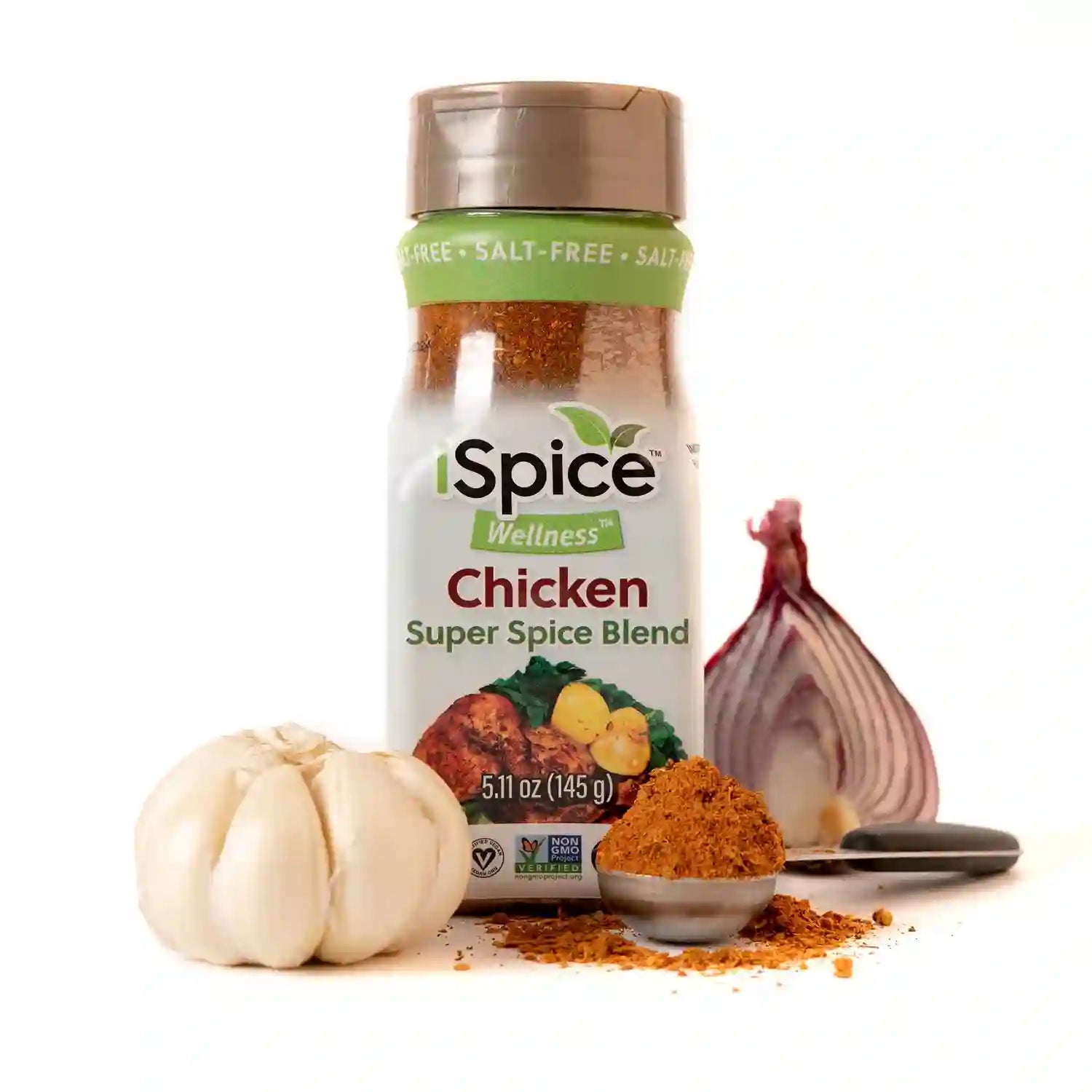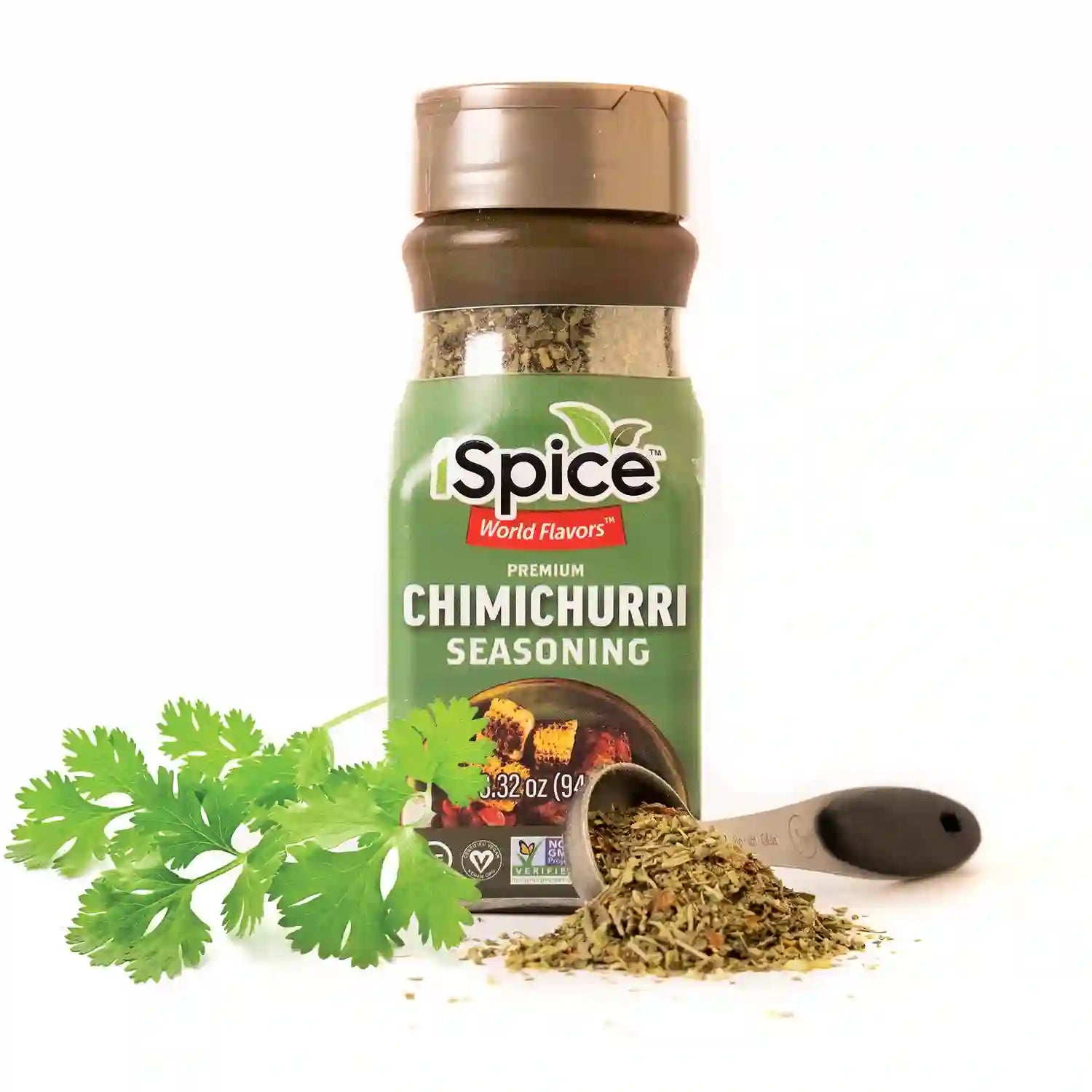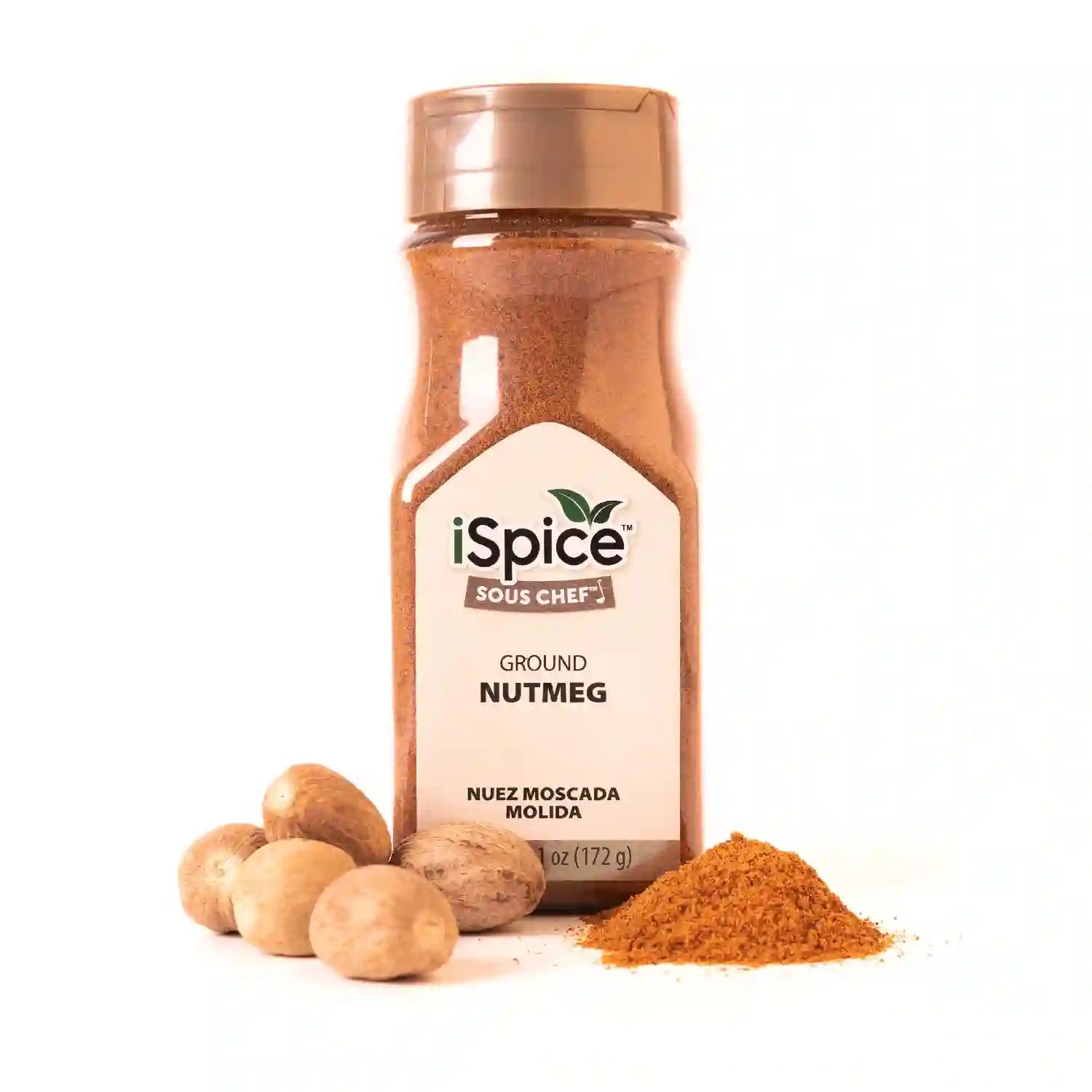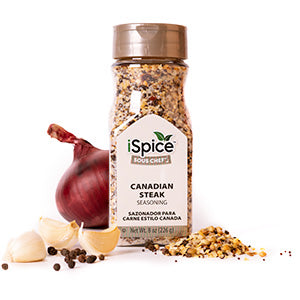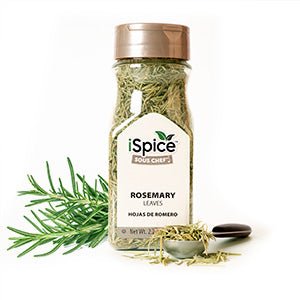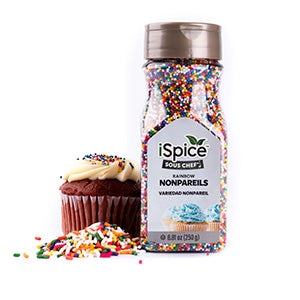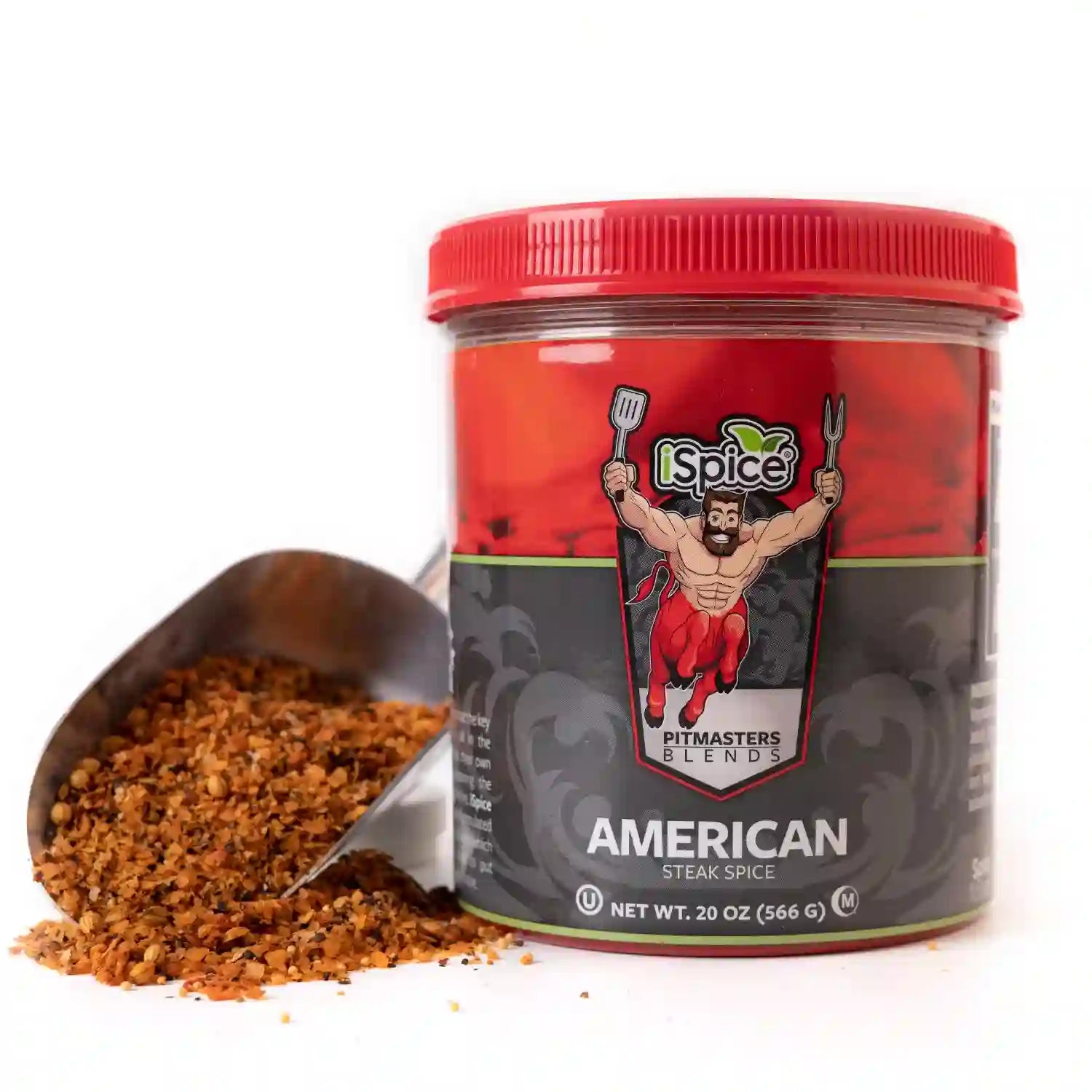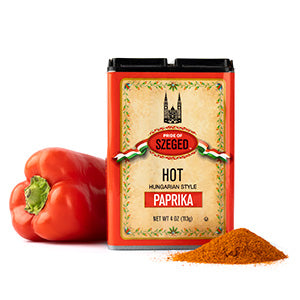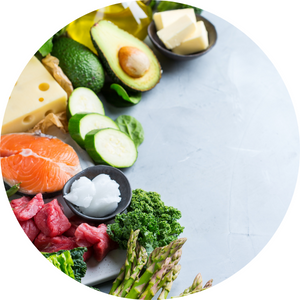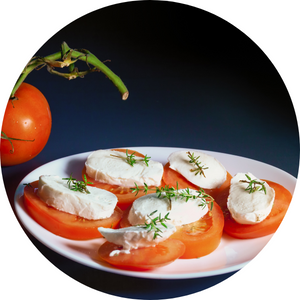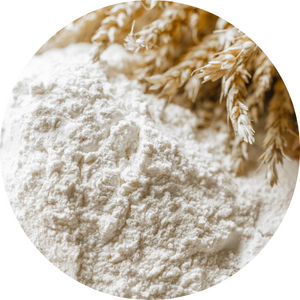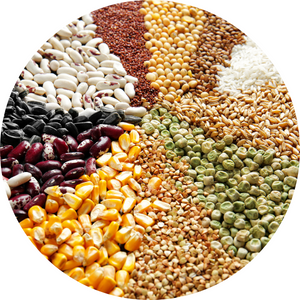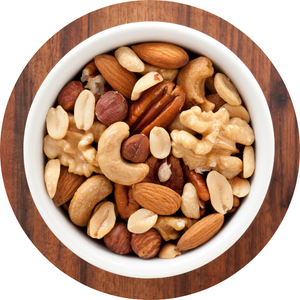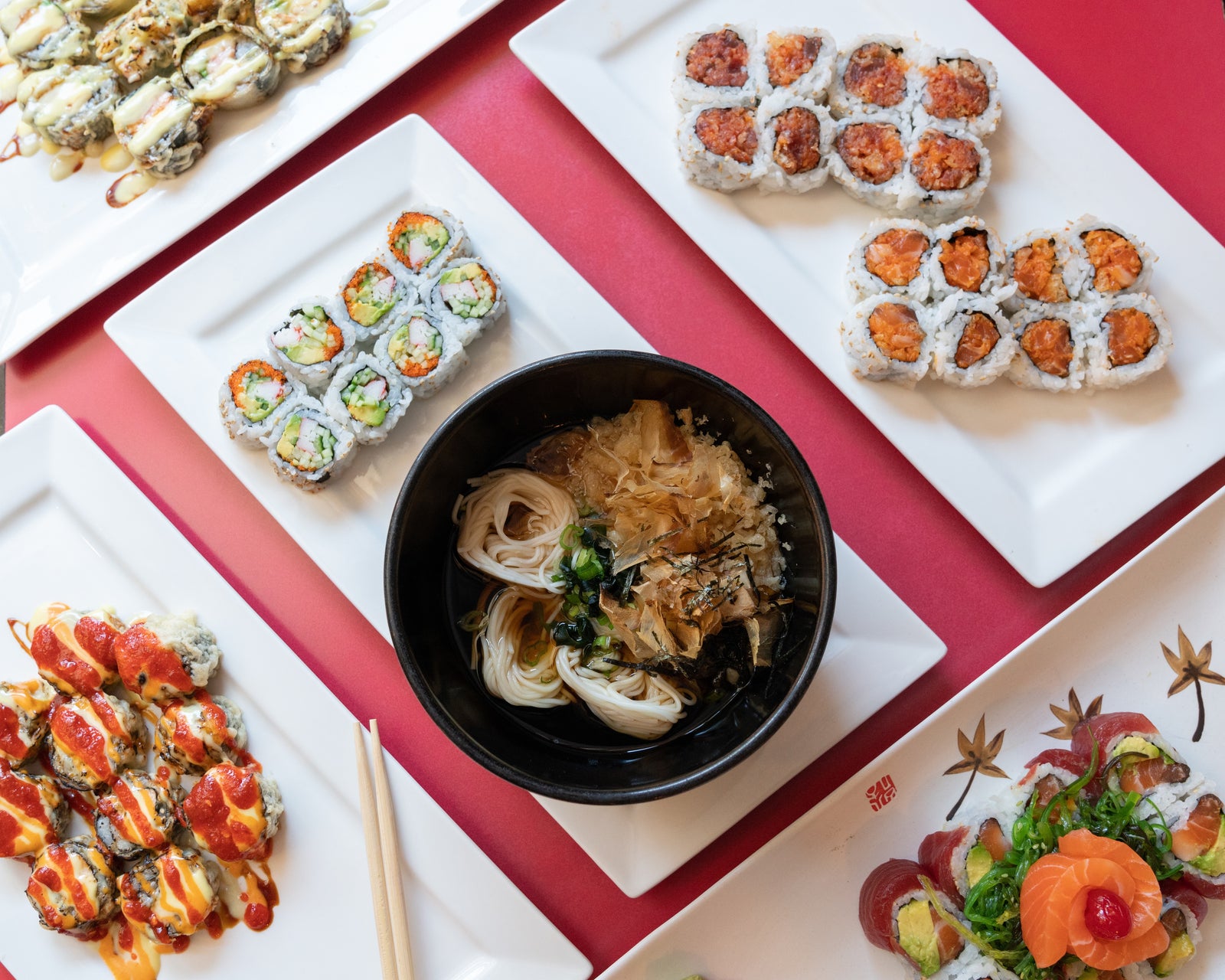
Fermented foods like kimchi, sauerkraut, and pickled vegetables are packed with flavor—and spices play a key role in making them truly irresistible. The right blend of seasonings and herbs not only deepens taste but also complements the tangy, umami-rich profile that comes from fermentation.
From fiery chili flakes to aromatic garlic and ginger, spices help define the character of every batch. Whether you’re making traditional Korean kimchi or experimenting with your own vegetable ferments, mastering the use of spices is the key to achieving balanced, flavorful results.
The Role of Spices in Fermentation
Spices do more than just add flavor—they influence texture, color, and aroma during the fermentation process.
-
Flavor enhancement: Spices bring warmth, depth, and complexity that balance the sourness of fermented foods.
-
Natural preservation: Certain spices like garlic, ginger, and chili have antimicrobial properties that help maintain food quality.
-
Cultural identity: Every region has its own traditional spice blends for fermentation, giving each dish a unique taste and heritage.
In the case of kimchi, for example, its iconic flavor comes from a blend of Korean chili flakes (gochugaru), garlic, ginger, scallions, and salted seafood or soy sauce—all working together in perfect harmony.
Essential Spices for Kimchi and Other Fermented Foods
1. Chili Flakes or Powder
The signature ingredient in kimchi, chili provides color, spice, and heat. Korean chili flakes (gochugaru) are mildly smoky and slightly sweet, but other chili varieties like cayenne or paprika can also be used for variations.
2. Garlic
Garlic adds sharpness and aroma to fermented foods. It also supports the fermentation process by balancing the natural acidity with its pungent character.
3. Ginger
Fresh or ground ginger offers brightness and a slight sweetness that complements chili’s heat. It’s a key ingredient for balancing spice intensity in kimchi and pickled vegetables.
4. Green Onions (Scallions)
Though technically a vegetable, scallions act as a spice in fermentation—adding mild sharpness and freshness that develops depth over time.
5. Salt
Salt controls the fermentation process by inhibiting unwanted bacteria and allowing beneficial cultures to thrive. It also enhances spice distribution and texture.
6. Optional Herbs and Add-Ins
For modern twists, add herbs like cilantro, lemongrass, or dill. Seeds such as mustard or coriander also work beautifully in creative fermented recipes.
How to Use Spices When Fermenting Foods
1. Choose Your Vegetables
Cabbage, radish, cucumber, and carrot are popular bases for fermentation. Wash and slice them evenly to ensure consistent fermentation.
2. Add Salt First
Coat vegetables with salt and let them sit until they release moisture. This helps create the brine necessary for fermentation.
3. Prepare the Spice Paste
Blend your chosen spices—like chili, garlic, ginger, and sugar—into a thick paste. For kimchi, combine with a bit of fish sauce or soy sauce to build umami.
4. Mix Thoroughly
Massage the spice paste evenly into the salted vegetables so every piece absorbs flavor.
5. Ferment Properly
Pack your mixture tightly into a clean jar, leaving space for expansion. Seal loosely to allow gases to escape and let it ferment at room temperature for 1–5 days, depending on desired tanginess.
Flavor Variations and Ideas
-
Smoky Kimchi: Add smoked paprika or chipotle powder for a deeper, roasted flavor.
-
Citrus-Infused Ferments: Include lemon zest or coriander seeds for freshness.
-
Mild Version: Use sweet paprika and reduce chili content for a gentler heat.
-
Spiced Sauerkraut: Try mustard seeds, bay leaf, and caraway seeds for a German-inspired flavor.
Tips for Balancing Spice and Fermentation
-
Start mild: The flavor intensifies as fermentation continues, so avoid over-seasoning.
-
Taste regularly: Check flavor and texture every day to find your preferred balance.
-
Keep vegetables submerged: Prevent exposure to air to avoid spoilage.
-
Use clean tools: Always use sterilized jars and utensils for safety and consistency.
Frequently Asked Questions About Spices in Fermented Foods
1. Can I use any type of chili powder for kimchi?
Yes, but Korean chili flakes (gochugaru) are preferred for their mild, slightly smoky flavor. You can substitute with paprika or cayenne if needed.
2. How do spices affect fermentation?
Spices contribute aroma and complexity while supporting natural preservation. However, too much spice can slow fermentation slightly, so use balanced amounts.
3. Can I add dried herbs to fermented foods?
Yes. Dried herbs like thyme, dill, and bay leaf can add subtle notes, but use sparingly as their flavors intensify during fermentation.
4. How long should kimchi ferment?
Typically 1–3 days at room temperature for mild flavor or up to a week for stronger sourness. After that, store it in the refrigerator.
5. Why does salt matter in fermented recipes?
Salt prevents harmful bacteria growth and allows beneficial fermentation organisms to develop, ensuring safe and consistent results.
6. Can I mix different spices for custom flavors?
Absolutely. Combining traditional ingredients like garlic and chili with creative additions such as lemongrass or coriander can create unique flavor blends.
Final Thoughts
Spices are the foundation of great fermented foods, turning simple vegetables into flavor-packed creations. Whether you’re making traditional kimchi or experimenting with your own blends, using the right combination of spices and herbs ensures balance, aroma, and depth. By understanding how seasonings interact with fermentation, you can create dishes that are both authentic and full of personality.

